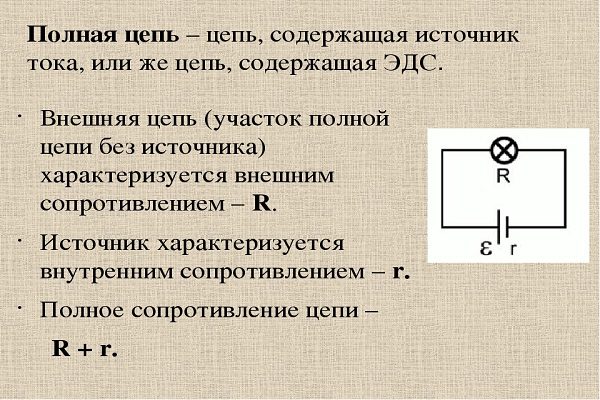Efficiency Formula
As you know, at the moment there are no mechanisms created that would completely convert one type of energy into another. In the process of operation, any man-made device spends part of the energy on the resistance of forces or dissipates it in vain into the environment. The same thing happens in a closed electrical circuit. When charges flow through the conductors, the full and useful load of the work of electricity is resisted. To compare their ratios, it will be necessary to produce a coefficient of performance (COP).
Why do you need to calculate efficiency
The efficiency of an electrical circuit is the ratio of useful heat to total.
For clarity, let's take an example. When finding the efficiency of the engine, you can determine whether its main function justifies the cost of consumed electricity. That is, its calculation will give a clear picture of how well the device converts the received energy.
Note! As a rule, the efficiency factor does not have a value, but is a percentage or a numerical equivalent from 0 to 1.
Efficiency is found by the general calculation formula, for all devices in general. But to get its result in an electric circuit, you first need to find the strength of electricity.
Finding the current in a complete circuit
According to physics, it is known that any current generator has its own resistance, which is also commonly called internal power. In addition to this value, the source of electricity also has its own strength.
Let's give values to each element of the chain:
- resistance - r;
- current strength - E;

So, in order to find the current strength, the designation of which will be - I, and the voltage across the resistor - U, it will take time - t, with the passage of charge q \u003d lt.
Due to the fact that the strength of electricity is constant, the work of the generator is completely converted into heat released by R and r. This amount can be calculated according to the Joule-Lenz law:
Q = I2 + I2 rt = I2 (R + r) t.
Then the right sides of the formula are equated:
EIT = I2 (R + r) t.
Having carried out the reduction, the calculation is obtained:
By rearranging the formula, the result is:
This final value will be the electrical force in this device.
Having made a preliminary calculation in this way, it is now possible to determine the efficiency.
Calculation of the efficiency of an electrical circuit
The power received from the current source is called consumed, its definition is recorded - P1. If this physical quantity passes from the generator to the complete circuit, it is considered useful and is recorded - P2.
To determine the efficiency of the circuit, it is necessary to remember the law of conservation of energy. In accordance with it, the power of the receiver P2 will always be less than the power consumption P1. This is explained by the fact that in the process of operation in the receiver there is always an inevitable waste of converted energy, which is spent on heating the wires, their sheath, eddy currents, etc.
To find an estimate of the properties of energy conversion, an efficiency is needed, which will be equal to the ratio of the powers P2 and P1.
So, knowing all the values of the indicators that make up the electrical circuit, we find its useful and complete work:
- And useful. = qU = IUt =I2Rt;
- And total = qE = IEt = I2(R+r)t.
In accordance with these values, we find the power of the current source:
- P2 \u003d A useful / t \u003d IU \u003d I2 R;
- P1 = A complete / t = IE = I2 (R + r).
Having performed all the actions, we obtain the efficiency formula:
n \u003d A useful / A full \u003d P2 / P1 \u003d U / E \u003d R / (R + r).
With this formula, R is above infinity and n is above 1, but with all this, the current in the circuit remains low and its useful power is small.
Everyone wants to find the efficiency of increased value. To do this, it is necessary to find the conditions under which P2 will be maximum. The optimal values will be:
- P2 = I2 R = (E / R + r)2 R;
- dP2 / dR = (E2 (R + r)2 - 2 (r + R) E2 R) / (R + r)4 = 0;
- E2 ((R + r) -2R) = 0.
In this expression, E and (R + r) are not equal to 0, therefore, it is equal to the expression in brackets, that is, (r = R). Then it turns out that the power has a maximum value, and the efficiency = 50%.



